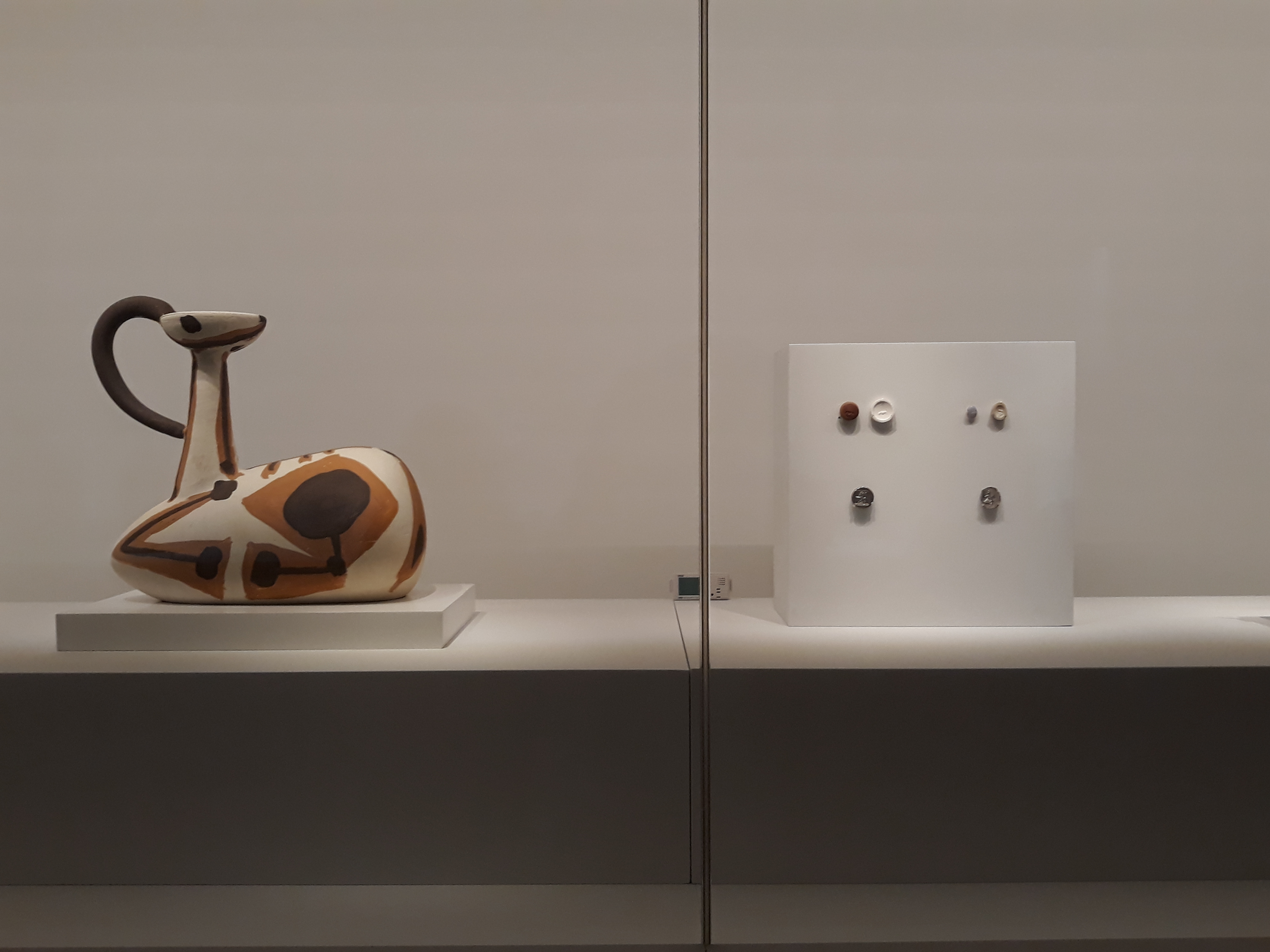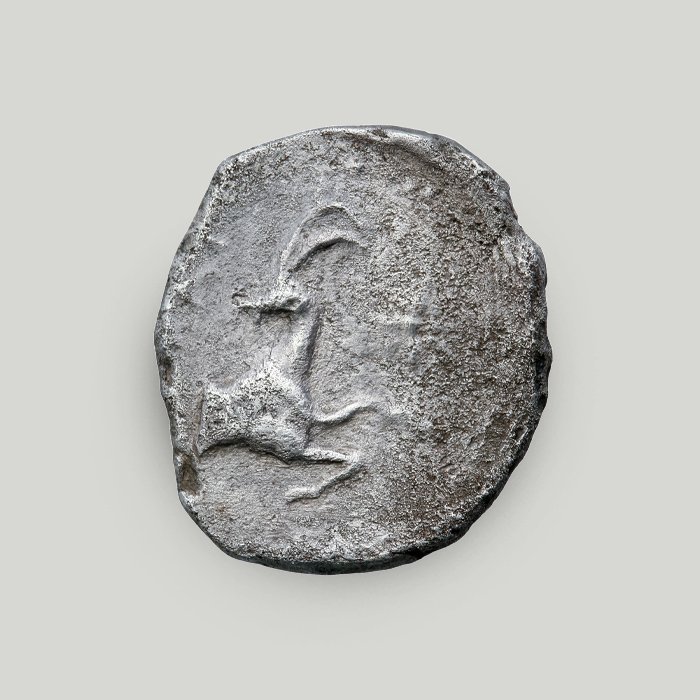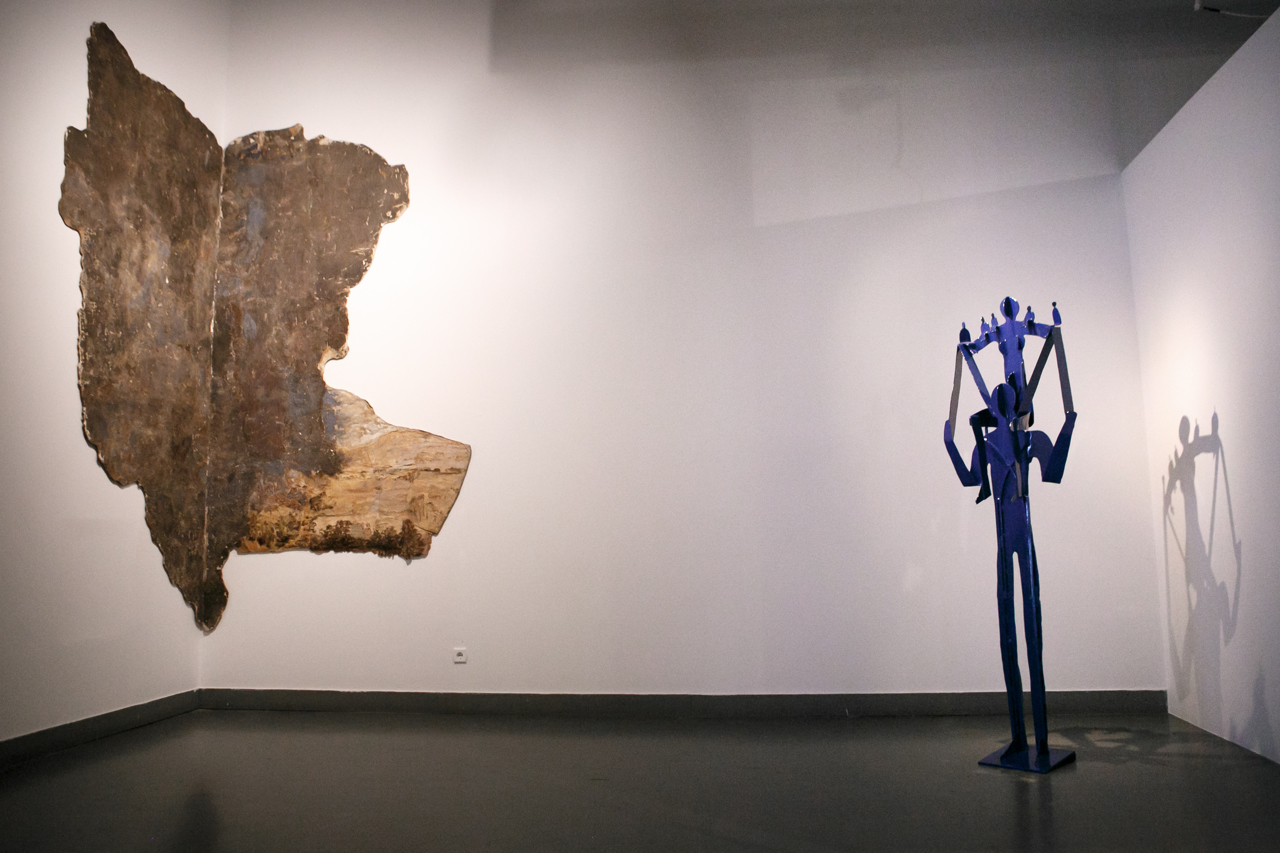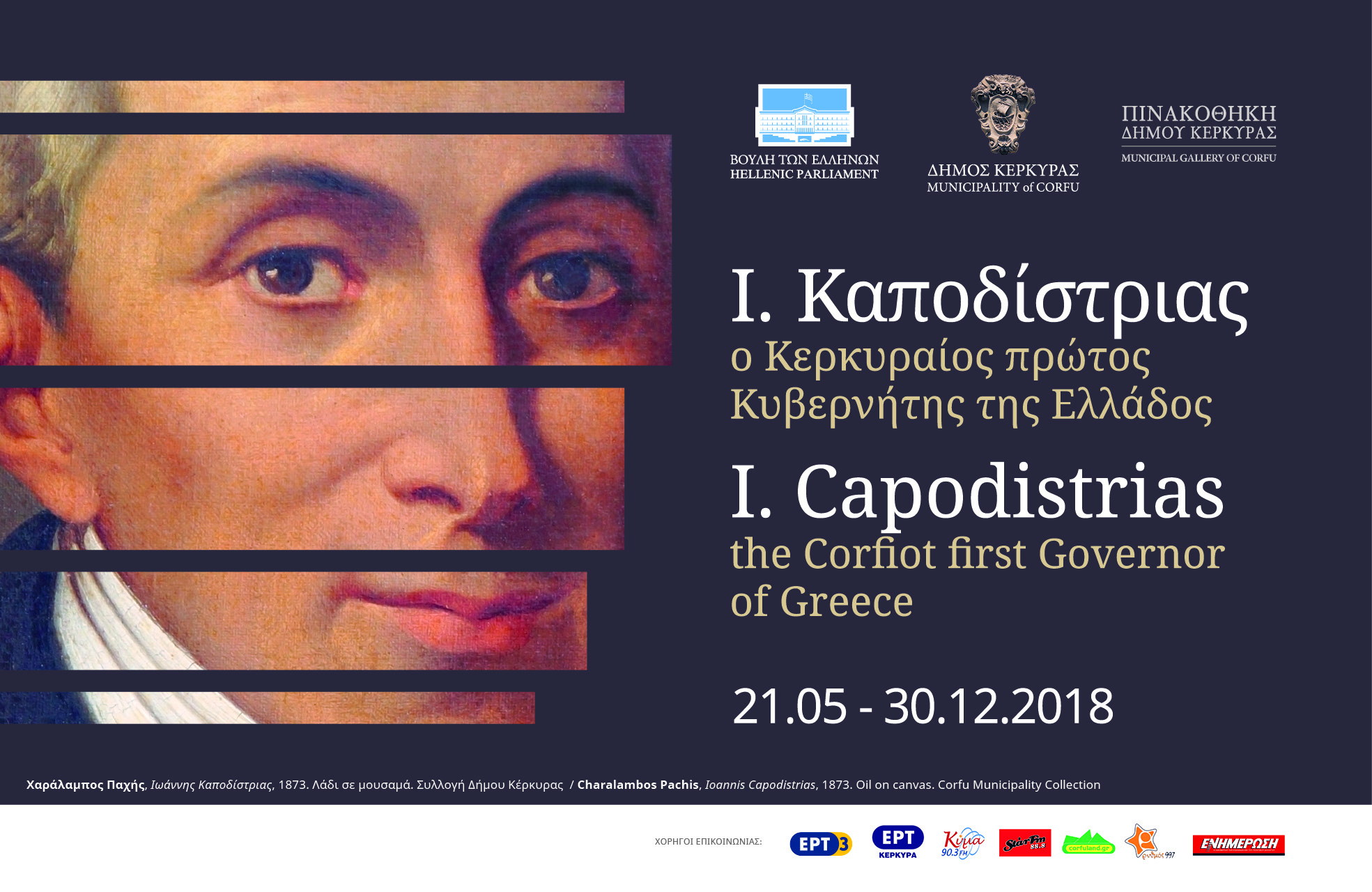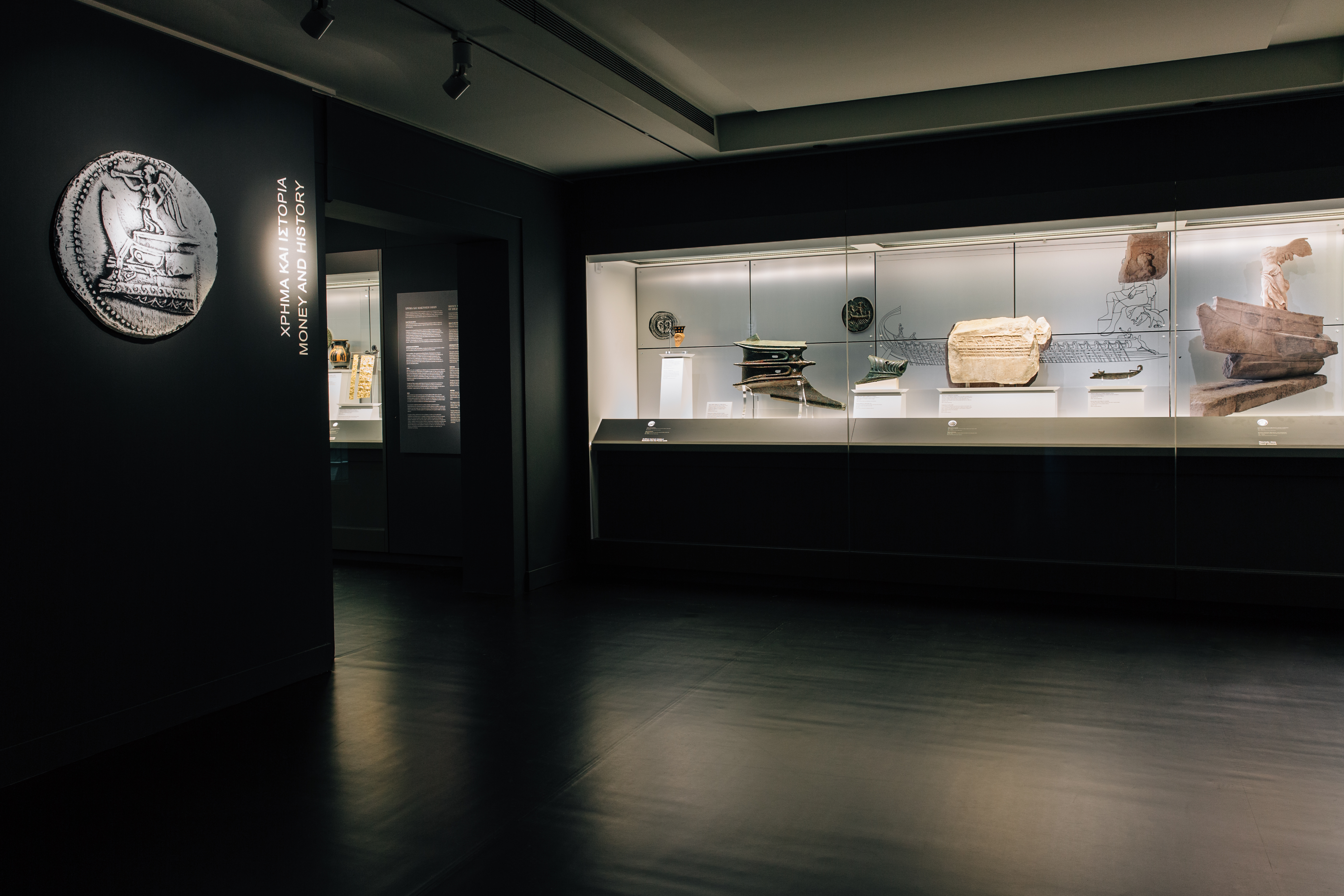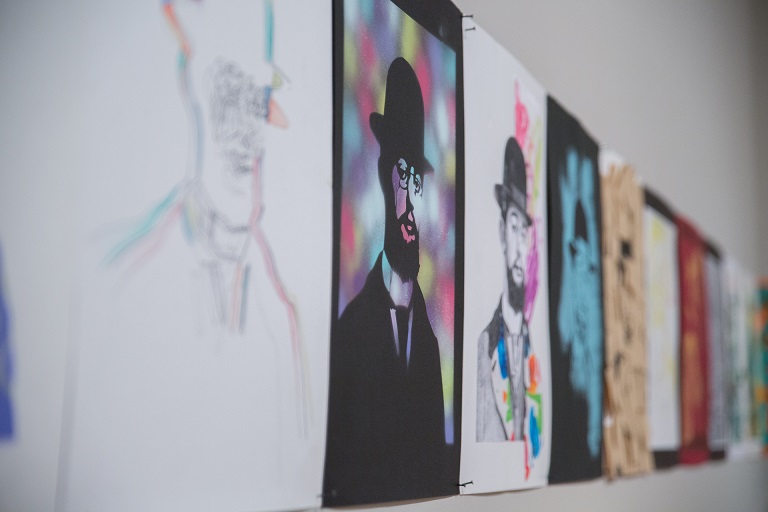ENDED
Participation in the exhibition “Picasso and Antiquity – Line and Clay”
The Alpha Bank Numismatic Collection loaned 2 ancient coins with a caprine type to the exhibition “Picasso and Antiquity – Line and Clay”. The exhibition presented 68 rare ceramics and drawings by Picasso, whose subjects included birds, animals, marine creatures, human forms and mythical creatures.
Alpha Bank’s Numismatic Collection loaned 2 ancient coins with a caprine type to the exhibition “Picasso and Antiquity – Line and Clay”:
- Silver stater, Praesos, late 4th – early 3rd century BCE. The reverse reads [ΠΡ]ΑΙ [(Pr)ae(sos?)] and depicts the front part of a mountain goat running to the right with its head reverted. Praesos in Eastern Crete issued its own coins during the Hellenistic Era. The types on the coins are associated with the cult of Zeus Diktaios and the local goat herding activity.
- Silver tetradrachm of Alexander I, Macedon, 460/450 BCE. The reverse depicts the front part of a goat running to the right with its head reverted. Alexander I was the first Macedonian king to issue silver coins with the theme of the warrior or the warrior horseman on the obverse. The goat on the reverse is perhaps a wordplay on the name of Aegae (uncertain etymology: Greek for “city of goats”), the capital of the Temenid dynasty.
Material from other collections
The exhibition “Picasso and Antiquity – Line and Clay” was part of the Divine Dialogues series of exhibitions held by the Museum of Cycladic Art. This exhibition presented 68 rare ceramics and drawings by Picasso, whose subjects included birds, animals, marine creatures, human forms and mythical or hybrid creatures (such as Centaurs and the Minotaur).
Other items on display included works inspired by Ancient Greek drama, presented in thematic juxtaposition with 67 antiquities – hence the Divine Dialogue of the series, in that case between Ancient Greek and modern art.
The goat type
The type on the 2 coins is a caprine. The same section of the exhibition included Picasso’s drawing of a seated goat, a signet stone and a signet ring stone of the New Palace Period (Crete, ca 1700-1500 BCE).
Bilingual exhibition catalogue
A bilingual catalogue in Greek and English was published to accompany the exhibition.
